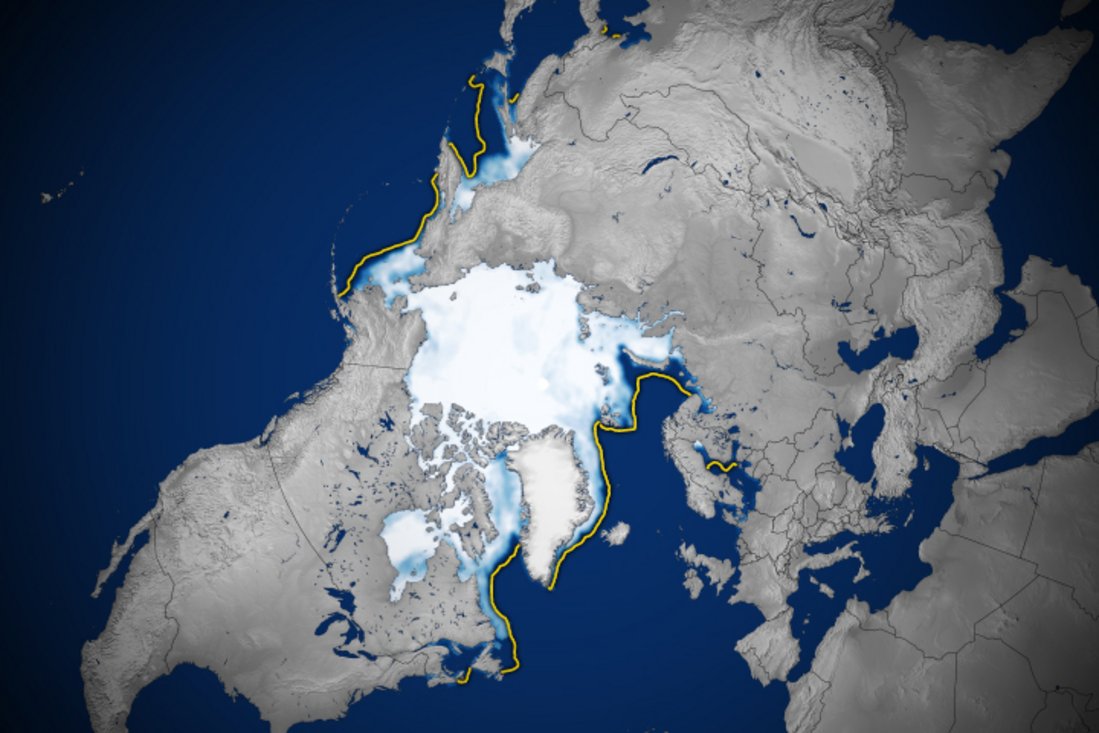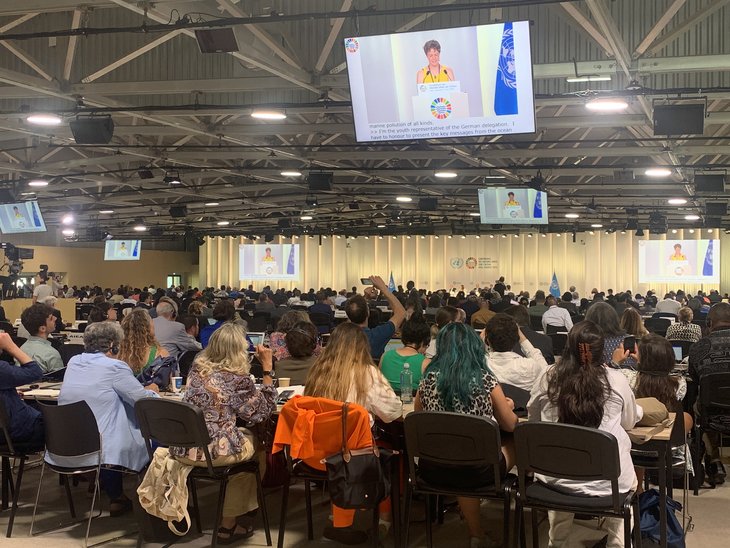
The UN Ocean Conference (UNOC) took place in Nice, France, from 9 to 13 June 2025. It was the third United Nations Ocean Conference and was co-hosted by France and Costa Rica. The aim of the international conference was to accelerate and mobilise action to conserve and sustainably use the oceans and their resources. To this end, experts from politics and science, civil society and business as well as representatives of international institutions and indigenous peoples came together in Nice. The UN Ocean Conference is the most important international summit for marine conservation and serves to implement the global Sustainable Development Goal for the oceans (SDG 14).
What was achieved? - The results of Nice
With the adoption of the ‘Nice Ocean Action Plan’ (Our ocean, our future: united for urgent action), the international community reaffirms its joint determination to promote the global protection and sustainable use of the oceans. It emphasises the urgency and global responsibility in the face of the enormous challenges posed by climate change, biodiversity loss and increasing environmental pollution. The declaration emphasises the importance of implementing various UN agreements and frameworks to reduce the risks and impacts of climate change and to protect the oceans.
A key building block is the Agreement on Marine Biological Diversity of Areas beyond National Jurisdiction (BBNJ), which enables the designation of marine protected areas on the high seas.
For the UN Plastics Treaty, over 100 countries announced their support for an effective agreement in Nice. Plastic litter in the oceans has become a major problem. It ranges from tiny micro- and nanoplastics that end up in food webs to larger pieces of plastic that marine animals swallow.
An initiative of several countries, supported by Germany among others, is calling for a ‘precautionary pause’ before any deep-sea mining. This is because too little is still known about the ecosystems of the deep sea and how well they can cope with possible interventions, such as mining. What is known, however, is that large quantities of carbon dioxide are bound in deep-sea sediment in particular.
The European Ocean Pact
EU Commission President Ursula von der Leyen presented the European Ocean Pact at the UN Ocean Conference. This strategy aims to better protect the ocean, promote a thriving blue economy and support the well-being of people living in coastal areas.
“Ocean is water, water is life. That is why the European Ocean Pact is so important to us. This comprehensive strategy will protect the ocean and promote a sustainable blue economy. It will not only benefit the planet, but also the people who call the coast their home, and the generations who will steward our oceans tomorrow.”
Ursula von der Leyen, President of the European Commission
The Pact brings together EU ocean policies under one single reference framework, addressing the significant threats facing our ocean, our coastal communities, islands and outermost regions. The European Ocean Pact focuses on six priorities:
- Protecting and restoring ocean health
- Boosting the competitiveness of the EU sustainable blue economy
- Supporting coastal, island communities and outermost regions
- Advancing ocean research, knowledge, skills and innovation
- Enhancing maritime security and defence
- Strengthening EU Ocean diplomacy and international ocean governance
To achieve the Ocean Pact's targets, the Commission will present an Ocean Act by 2027. This Act will establish a single framework to facilitate the implementation of the Pact's key objectives, while cutting red tape. It will be based on a revised Maritime Spatial Planning Directive, which will enhance cross-sectoral coordination and sea basin management. The Commission will also set up a high-level Ocean Board, bringing together representatives from various ocean-related sectors, to guide the Ocean Pact's implementation, and launch an EU Ocean Pact dashboard, providing a public, transparent and centralised platform to track progress towards its targets (brief description of the targets).
Solution oriented marine research
In the final declaration ‘Our ocean, our future: united for urgent action’ the states commit to, among other things, expanding scientific understanding of the ocean and supporting sustainable science- and knowledge-based measures as well as exchange and cooperation. This includes the expansion of observation systems, reporting and assessment of the state of the marine environment as well as the provision of scientific and socio-economic information for political decisions.
The European Ocean Pact also names ‘ocean research, skills and innovation’ as one of its priorities. In this context, the launch of an EU Ocean Observation Initiative is announced in order to achieve far-reaching European autonomy in critical ocean infrastructure, data and information services.
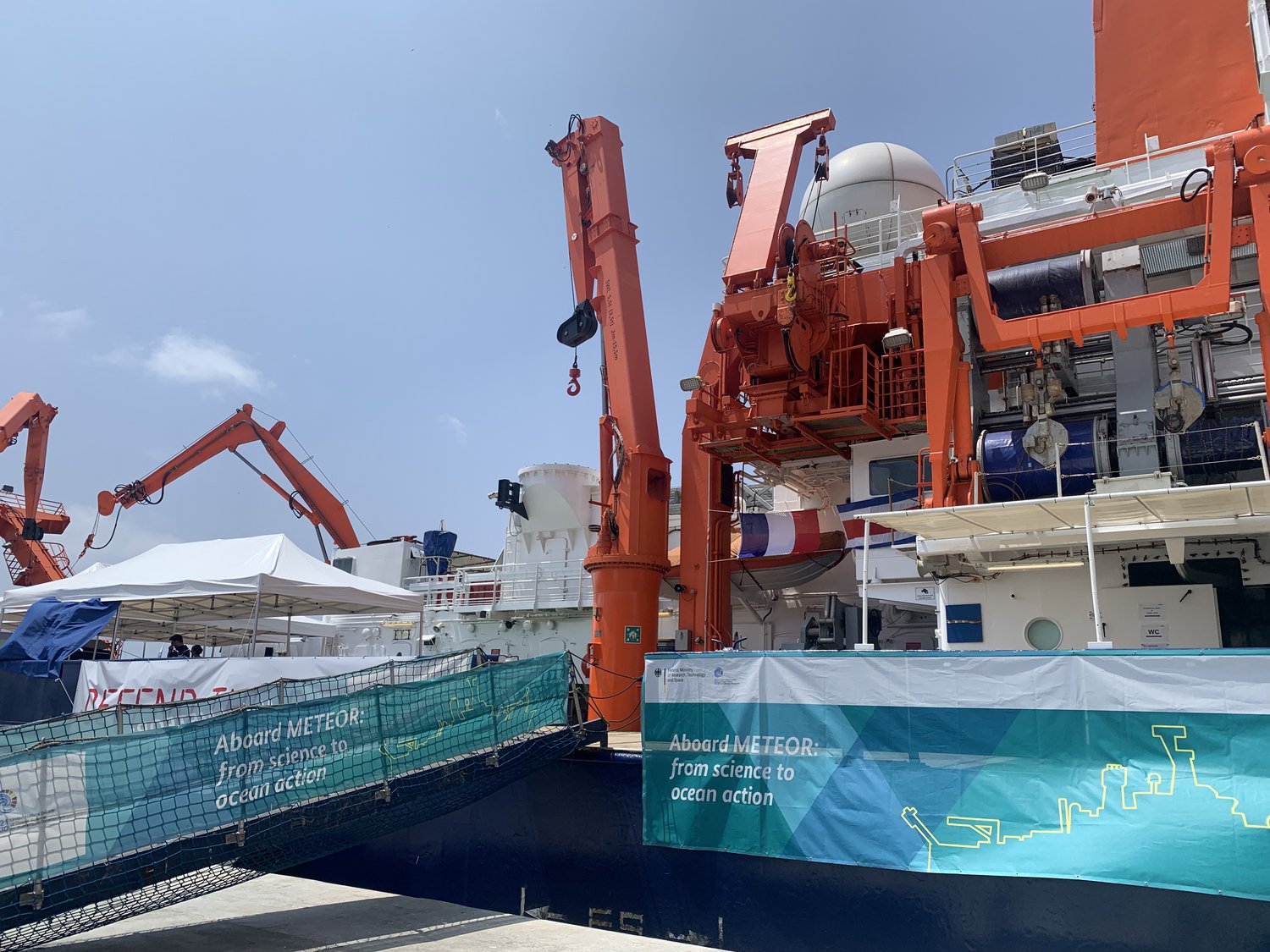
German marine research
Researchers from a wide range of disciplines work together to unravel the complexities of marine systems. They are focusing on the questions: How do the oceans fundamentally influence our climate? And how can we make use of the seas while protecting them effectively at the same time? This insight presents German marine research:
Focus: Marine Protected Areas
The purpose of marine protected areas is to safeguard marine life and ecosystems from human interference by prohibiting or regulating certain activities. These areas can be found on coasts, in coastal seas and on the high seas. However, individual areas can differ greatly in terms of their conservation objectives and management approaches. In the worst cases, objectives and measures only exist on paper, with no effective implementation.
The designation and control of protected areas depends on the location. Responsibility ranges from coastal regions and states to the United Nations. The United Nations Convention on the Law of the Sea (UNCLOS), adopted in 1982, came into force in 1994. It regulates all types of ocean use and establishes the legal framework for international ocean governance. UNCLOS contains a special section on the high seas, which only prescribes general protective measures, however.
A major milestone in the protection of biodiversity in the high seas is the Agreement on Marine Biological Diversity of Areas beyond National Jurisdiction (BBNJ), which is expected to enter into force following the UN Ocean Conference in 2025. This agreement will enable the designation of marine protected areas on the high seas.
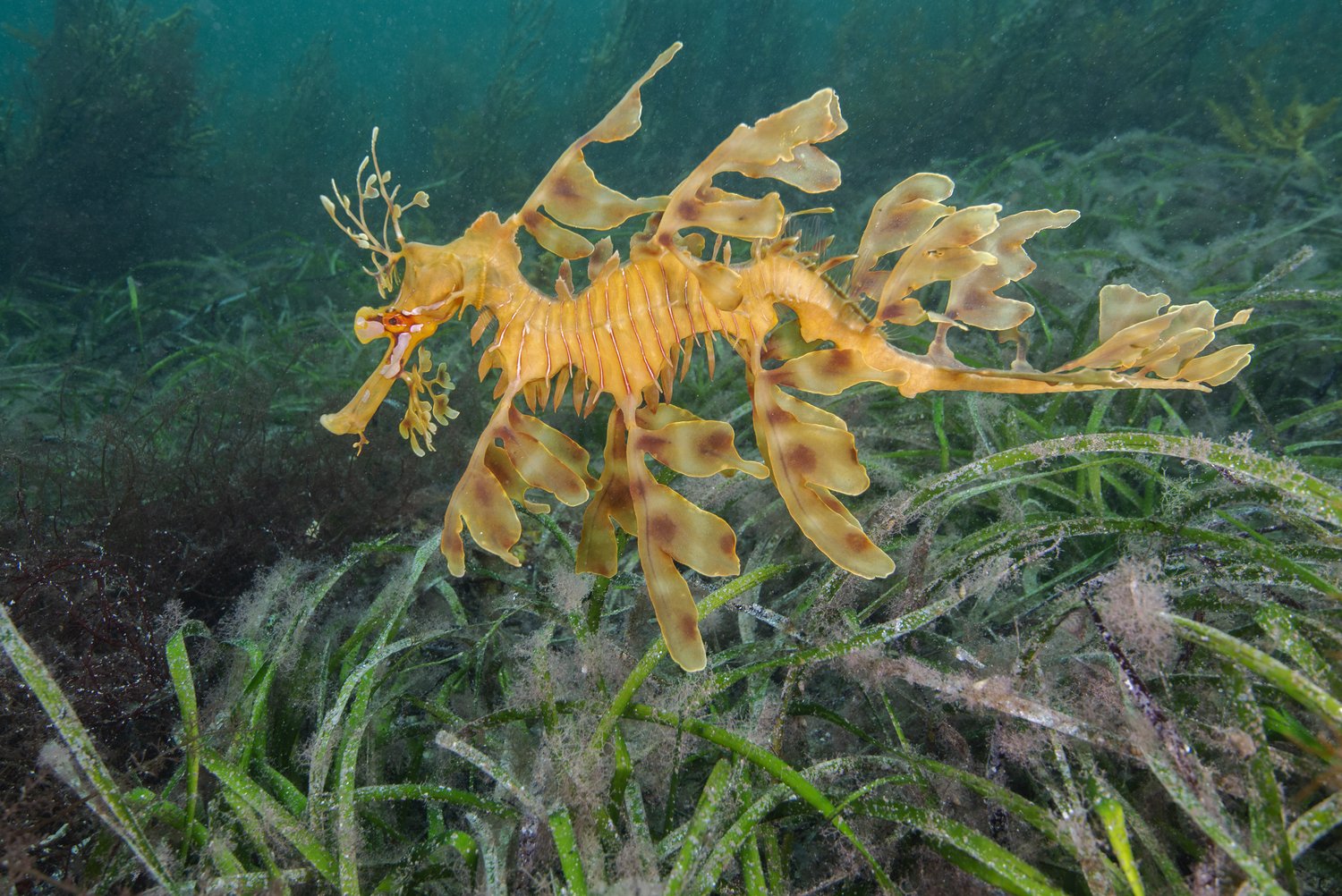
Marine Protected Areas
Marine protected areas are an important tool for enhancing biodiversity, ecological functions and services, and safeguarding the oceans from overexploitation — provided protective measures are effectively implemented. This focus explains what marine protected areas are, where they are located, and the conditions under which they are effective.
Focus: Plastic litter in the ocean
No matter where people look in the world’s oceans: Plastic is already there. Plastic waste in the marine environment is a global problem of immense scale that urgently needs to be solved. At UN level, there is movement towards a global plastics agreement. There was broad support for this at the UN Ocean Conference in Nice.
Plastic does not decompose naturally like other materials, which is why plastic waste accumulates in the oceans and is driven together by wind and currents to form large rubbish swirls. The longer plastic is exposed to sun, wind, waves and salt water, the more it weathers and breaks down into smaller and smaller pieces. If these pieces are smaller than five millimetres, they are considered microplastics.
Plastic particles are now travelling around the world in their own material cycle and polluting even remote regions. However, microplastics do not only come from ground-up larger plastic waste. It is also produced on land and is discharged directly into the ocean. One source, for example, is abrasion from car tyres, which is carried by rain into rivers and then into the ocean.
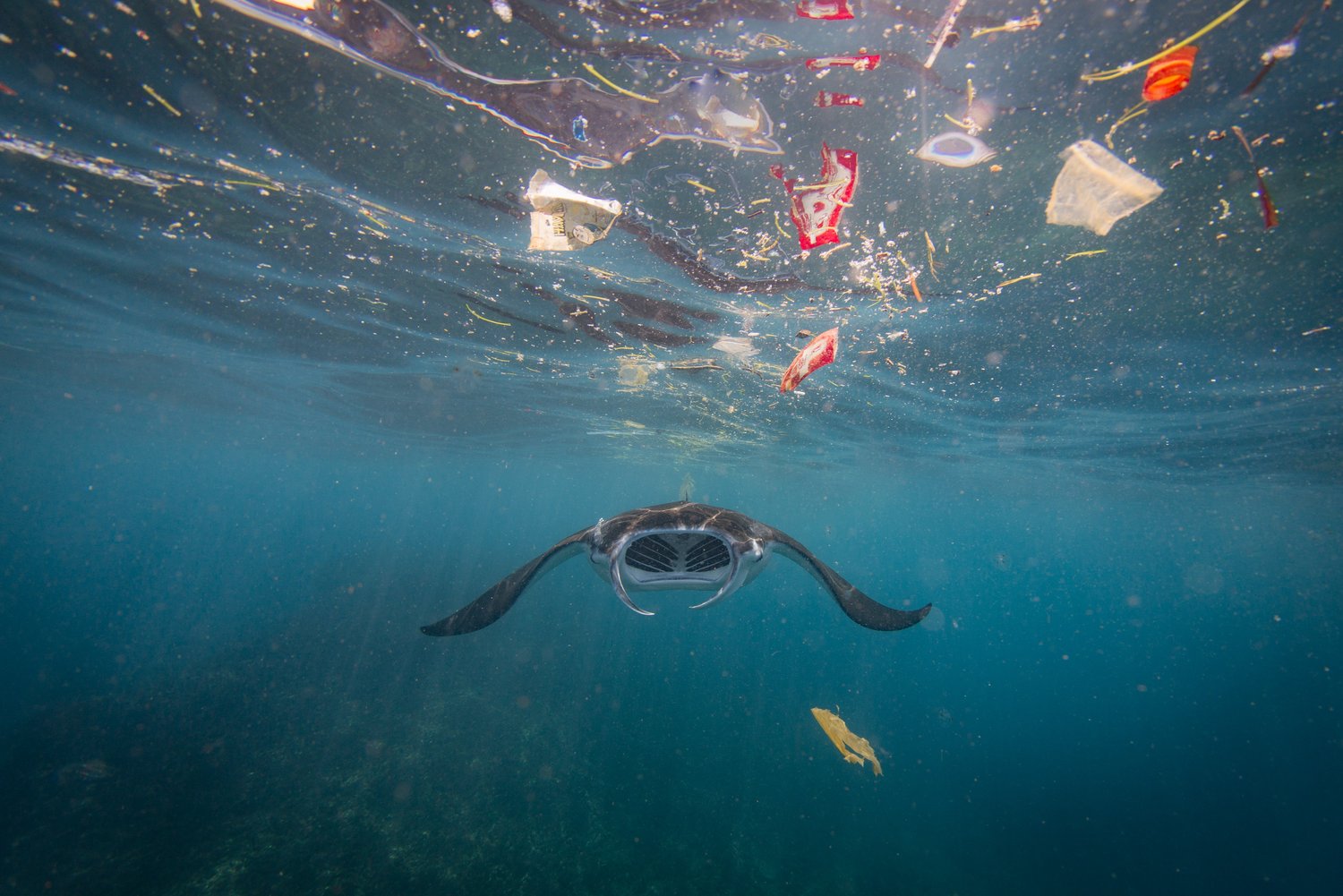
Plastic litter
Plastic makes up a large share of the waste polluting our oceans. Its durability may be a benefit during its intended use - but once discarded, that same resilience becomes a curse. This focus article explores the causes and consequences of marine plastic pollution from a scientific perspective. It also examines possible solutions.
Focus topic: Deep-sea mining
Deep-sea mining refers to the industrial extraction of ore deposits at ocean depths of over 1,000 metres. Given the persistently high demand for metal-bearing raw materials, the member states of the International Seabed Authority are negotiating how the exploration and extraction of such deposits in deep-sea areas beyond national jurisdiction should be permitted. However, the ecological processes and the biodiversity in the depths of the oceans are still poorly understood.
As a result, there is no scientifically sound basis for assessing the potential impacts of deep-sea mining on life on the seabed and in the water column. Germany and other states are therefore calling for a moratorium – a "precautionary pause" – on any potential deep-sea mining.
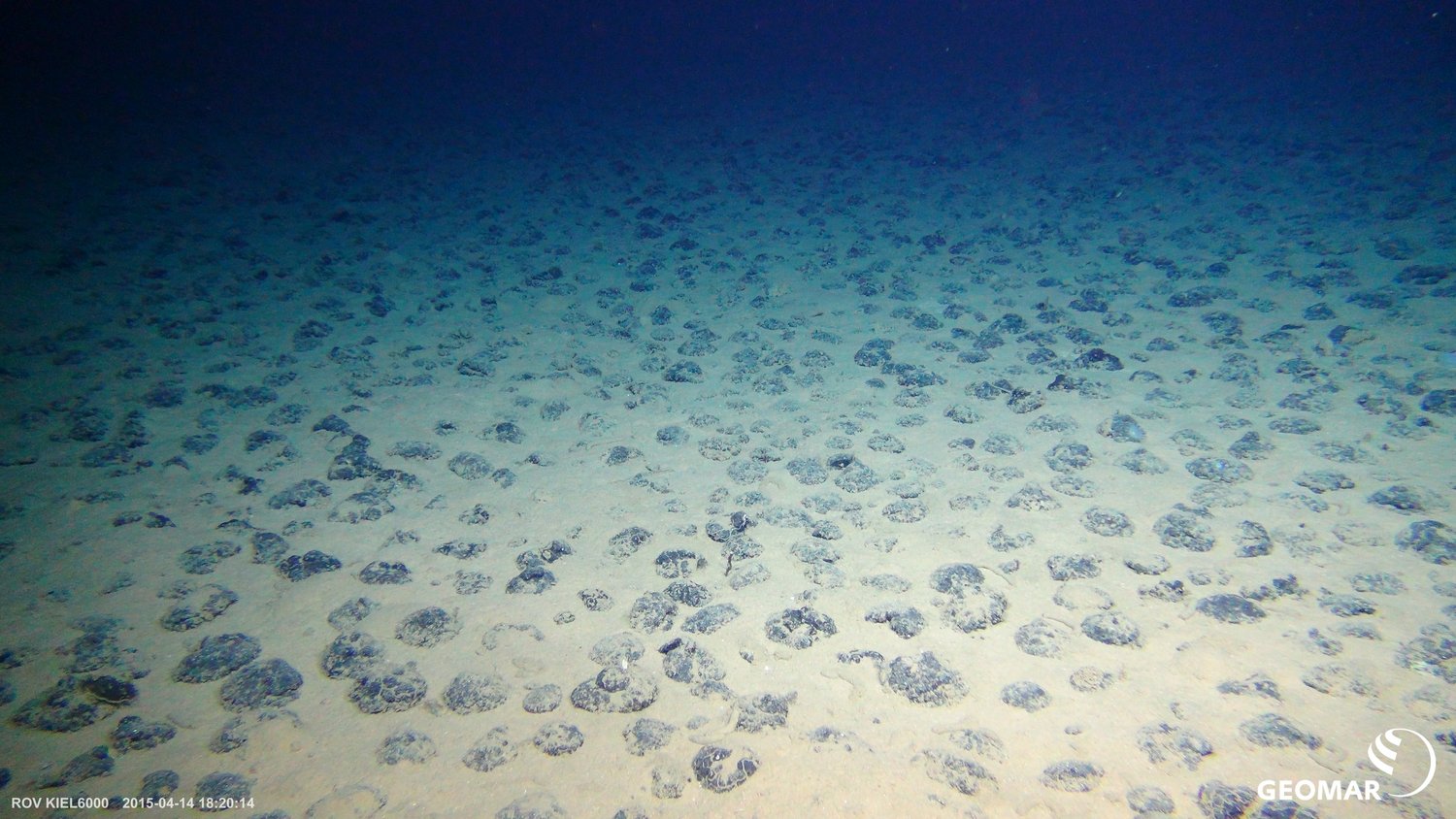
Deep-sea mining
The ecosystems of the deep sea have been little researched and the potential impacts of deep-sea mining on marine life are barely known. This focus provides an overview of the metal deposits in the deep sea and the scientific findings on the effects of possible economic use.



